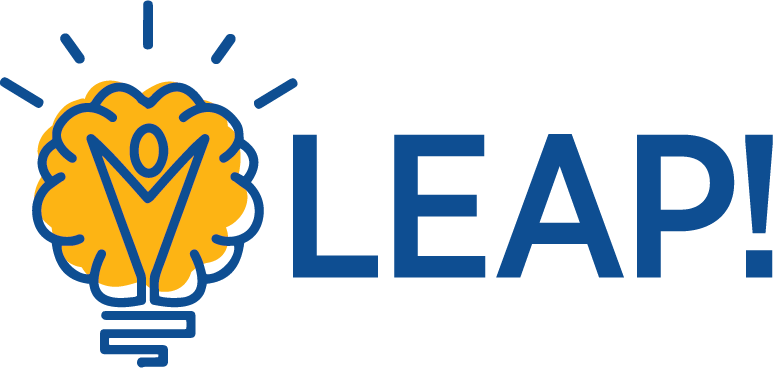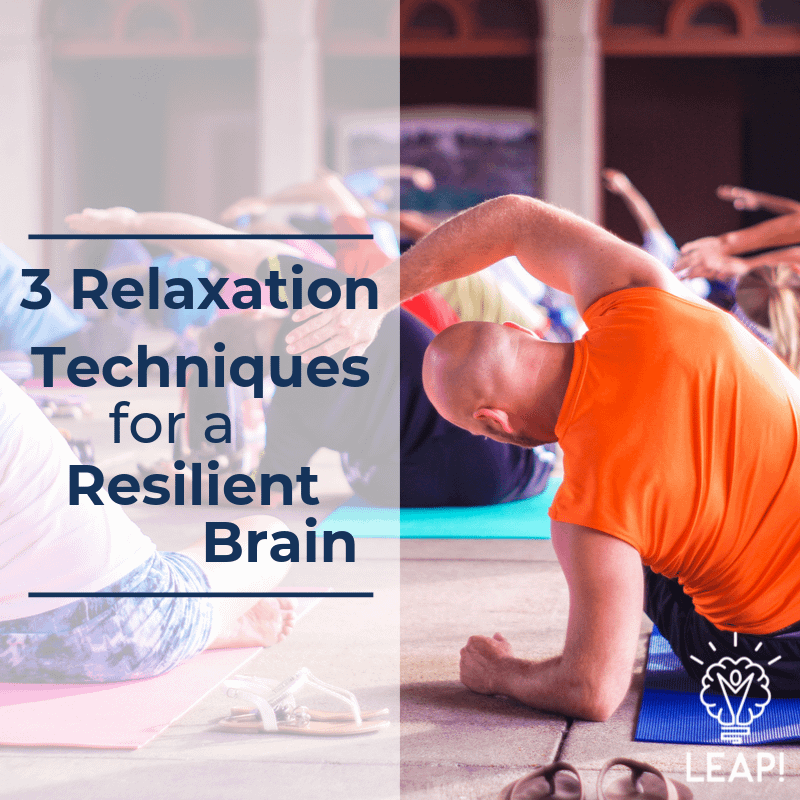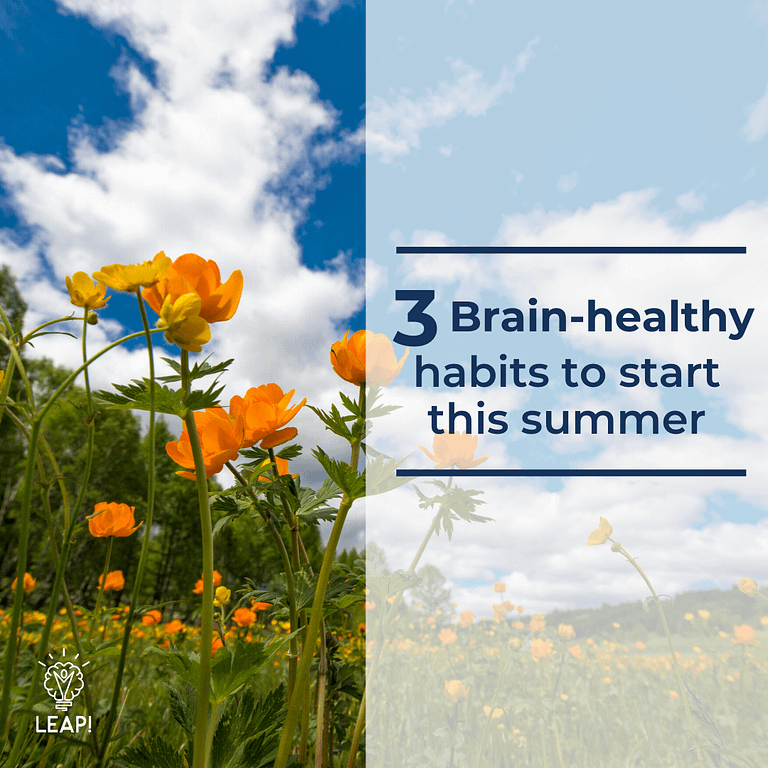Stress is an inevitable part of life, and it can often mean good things for us—despite what we might think. Positive stressors (called eustress), such as wedding planning, having children, and challenging work, can help drive us to more productive and meaningful lives.
Unfortunately, eustress is often outweighed by distress, which stems from negative stressors—triggers we typically think of when we hear “stress.” Recurring stress can have a significant effect on our health over time.
According to the American Institute of Stress, 77% of Americans regularly experience physical symptoms caused by stress. Headaches, upset stomach, muscle tension, and fatigue are all common symptoms. The top three contributors to chronic stress are our jobs, finances, and our health¹.
Unfortunately, a stomach ache isn’t the only physical problem caused by stress. Chronic stress is associated with increased risk for a variety of health conditions, including Alzheimer’s disease.
What one researcher calls “The Vicious Cycle of Stress,” stress can be detrimental to our brain function, which in turn loses its resilience to stress².
Specifically, studies have found that increased cortisol (our body’s hormone that responds to stress) may be linked to increased expression of amyloid precursor protein (APP) and amyloid beta (Aβ)—the gene and protein most focal in Alzheimer’s pathology research². Once one is diagnosed with dementia, stress can be a factor in the acceleration of the disease².
This is why it’s so crucial to learn effective ways to help cope with stress.
Sometimes, we need to make changes and set boundaries to reduce the negative stressors in our lives. For example, we may need to change jobs or learn to say “no” in challenging relationships.
Often, however, there isn’t any way to change our circumstances. In those cases, we have to take proactive steps to improve our ability to handle stress—both mentally and physically.
And what steps can you take to help manage your stress?
They’re different for everyone. Some popular ways to help manage stress include exercising, working on a hobby, spending time with loved ones, and engaging in relaxation techniques.
In this post, we’ll focus specifically on three popular relaxation techniques: progressive muscle relaxation, meditation, and yoga. We’ll discuss the evidence behind the methods, and give you some tips to practice your technique.
Progressive Muscle Relaxation
Progressive muscle relaxation (PMR) is a stress-management technique that’s a systematic way of relaxing the muscles to increase awareness of stress. PMR has actually been around since the 1920s³.
Studies support that PMR is an effective way to reduce stress by helping delay the onset of conditioned symptoms related to stress, such as increased heart rate, blood pressure, and cortisol release. PMR enhances feelings of self-control and helps decrease the risk of anxiety and depression³.
This success has led to the use of PMR to help treat patients with schizophrenia, chronic obstructive pulmonary disease (COPD), obsessive compulsive disorder (OCD), and general anxiety in multiple clinical settings³.
Progressive muscle relaxation can be especially helpful when trying to fall asleep. (Read our post on sleep hygiene to discover other strategies to help catch quality Z’s.) In fact, it has also been used to help treat patients with insomnia. In one particular study, the use of PMR showed promise not only in improving sleep, but also in reducing fatigue associated with cancer and its treatment⁴.
Although further research is needed to determine what kind of effects PMR can have on our brain health, knowing that the practice can help us manage our stress and improve our quality of sleep is promising.
So how does one practice PMR?
It’s actually quite simple to learn! No equipment required—just a quiet space and some time (about 15 minutes). Wearing comfortable clothing and listening to soothing music can be helpful, too.
Beginning with your forehead, gently but firmly tense your muscles for about 5 to 15 seconds, followed by a slow release and a 20 to 30-second relaxation period. Repeat this process with your jaw, neck and shoulders, and then the rest of your upper-body muscle groups. Continue with your lower-body. We like this article from VeryWell Mind on how to do PMR, it’s simple and easy to follow.
Need a video of PMR? Hamilton Health Sciences walks you through PMR exercises in under 2 minutes. eHowHealth also provides a short clip on how its done. Here’s a pdf you can print out to keep in a handy place as well.
When is the best time to engage in progressive muscle relaxation?
That depends on your preference and when it best fits into your schedule. Squeeze it into a break at work, practice after a stressful task, or use it as a part of your nightly sleep hygiene routine. Remember, all you need is a comfortable space and 10 to 15 minutes!
Meditation
The word meditation derives from the word dhyana in the Sanskrit language of India, literally meaning “attention” and “contemplation”⁵. Meditation can include deep-breathing techniques, repetition of certain sounds, and careful observation of the process of thought⁵.
Modern-day meditation is linked to physical health and well-being, although historically the practice was emphasized mostly for spiritual development as a part of religion or other belief systems⁴. Whether or not a certain meditation is religious, all types of meditation have the common goal of temporarily withdrawing attention from the outside world to harmonize thoughts and control attention⁵.
When executed well, meditation can produce a relaxation response⁵. The relaxation response (a.k.a. “rest and digest”) is the opposite of the “fight-or-flight” state that can be caused by stress. Activities such as PMR, meditation, and yoga (which we’ll discuss below) are three common ways to help induce the relaxation response⁶.
During the relaxation response, we are likely to experience a decrease in blood pressure, heart rate, and oxygen consumption⁶. Over time, the relaxation response can help benefit mitochondrial energy production and help reduce oxidative damage⁶. This is important because the optimal functioning of mitochondria is essential to our brain health and aging.
Additional research suggests that meditation may be associated with boosts in telomerase activity, an enzyme that contributes to DNA repair. This may also lead to decreases in stress-induced inflammation and cortisol levels. Less cortisol may help lower rates of brain shrinkage, particularly in the hippocampus (the essential area for memory formation)⁷.
These encouraging findings suggest that medication may have a big impact on our overall health, especially since the technique is relatively simple to integrate into our daily lives. In fact, even beginners can benefit⁶.
Meditation is free and accessible to anyone, but it does take some practice. We like this meditation how-to from the mindfulness blog—it covers meditation for beginners in 3 simple steps, and offers additional links and tutorials.
Need a video to follow along? YouTube yogi Brett Larkin has a 5-minute tutorial on her channel, which also addresses good posture for meditation. For more tips and how-to’s, watch this video for meditation advice for beginners. You’ll become a mindfulness master in no time!
Yoga
The last relaxation technique we’ll discuss is yoga. Although yoga may seem as a practice exclusive only to those with experience, it’s just as beginner-friendly as PMR and meditation. Like the other two techniques, yoga can be practiced by all.
Yoga practice includes meditative breathing through the progression of different poses. As a result, flexibility, balance, and muscle strength can improve⁸. Such improvements can significantly help lower back pain and other aches. A 2018 report by the Agency for Healthcare Research and Quality found that yoga can help improve pain and function in both short term (1 to 6 months) and long term cases (6 months to a year)⁹. Yoga is also commonly used by physicians as a non-drug treatment for chronic pain⁹.
Yoga has also proven to be beneficial to our cognition. In one study with participants of various ages, practicing yoga had a positive effect on attention, processing speed, memory, and executive function¹º.
Especially for those who may have contraindications to high-impact physical activity, yoga can be an excellent alternative to other forms of exercise⁹. Most forms of yoga are low-impact and can be fairly low-risk when practiced correctly. Beginners should avoid attempting advanced positions without progressions and should practice under a qualified instructor⁹. This is a great way to try out a new group fitness class!
In the meantime, check out the web for a number of helpful resources to start your practice. Visit Brett Larkin’s page again to watch her beginning yoga videos—she has yoga sessions for all needs and levels!
Want to make it a goal to integrate yoga into your daily routine? Follow YouTube yoga instructor Adriene Mishler for 30 days of yoga. She’ll ease you into the practice and talk you through each move and its purpose. Her channel organizes yoga sessions by length, type, and specific target audiences.
Regardless of your skill level, there is a type of yoga for you. Remember, it’s best to practice under professional instruction, but a simple tutorial can help you get your feet wet at home. If you are pregnant, over the age of 65, or have a health condition that may put you at risk, talk to your health care provider first.
Otherwise, we hope this blog post and its additional resources prove to be helpful for you. These are only three of the many ways you can help combat stress, and we encourage you to give them a try! Share your goals, progress, and success stories with us.
References:
- The American institute of stress. What is stress? (2019). Retrieved from https://www.stress.org/daily-life
- Nicholas, J.J. (2018). The relationship between stress and Alzheimer’s disease. Neurobiology of stress, 8 pp. 127-133. doi: 10.1016/j.ynstr.2018.04.002
- Chang, Y.-C. et al. (2009). Efficacy of progressive muscle relaxation training in reducing anxiety in patients with acute schizophrenia. Journal of clinical nursing, 18(15) pp. 2187-2196. doi: 10.1111/j.1365-2702.2008.02773
- Kang, J., Sun, J., Wang, P., and Zeng, H. (2013). Self-relaxation training can improve sleep quality and cognitive functions in the older: a one-year randomised controlled trial. Journal of clinical nursing, 22(9-10) pp. 1270-1280. doi: 10.1111/jocn.12096
- Garcia Lima, M., Ladeia, A.M., and Sanches Sampaio, C.V. (2016). Meditation, health and scientific investigations: Review of the literature. Journal of religion and health 56(2) pp. 411-427. doi: 10.1007/s10943-016-0211-1
- Bhasin, M. K. et al. (2013). Relaxation response iduces temporal transcriptome changes in energy metabolism, insulin secretion and inflammatory pathways. PLOS. doi: 10.1371/journal.pone.0062817
- Cherbuin, N., Kurth, F., and Luders, E. (2017). Promising links between meditation and reduced (brain) aging: An attempt to bridge some gaps between the alleged fountain of youth and the youth of the field. Frontiers in psychology, 8(860). doi: 10.3389/fpsyg.2017.00860
- American osteopathic association. (2019). The benefits of yoga. Retrieved from https://osteopathic.org/what-is-osteopathic-medicine/benefits-of-yoga/
- National institute of health. National center for complementay and integrative health. (2019). Yoga: What you need to know. Retrieved from https://nccih.nih.gov/health/yoga/introduction.htm
- Gothe, N.P. and McAuler, E. (2015). Yoga and cognition: A meta-analysis of chronic and acute effects. Psychosomatic medicine, 77(7) pp. 784-797. doi: 10.1097/PSY.0000000000000218




